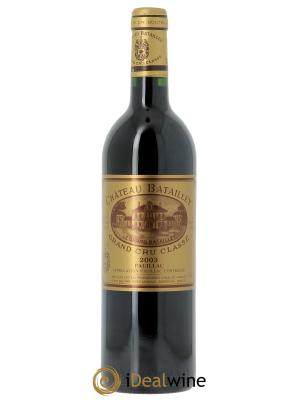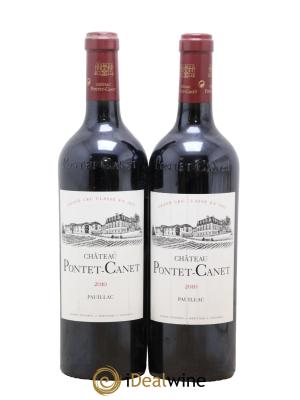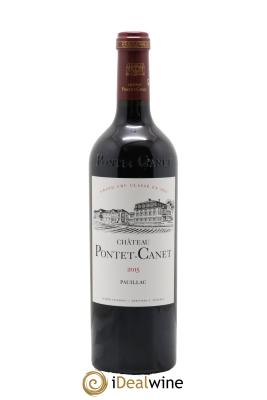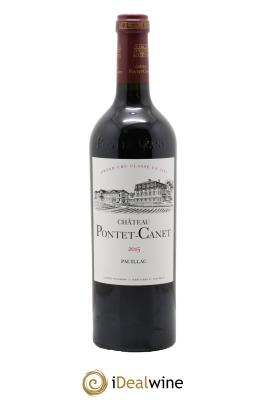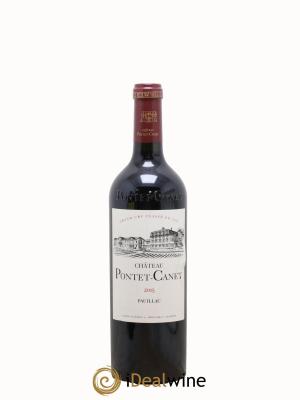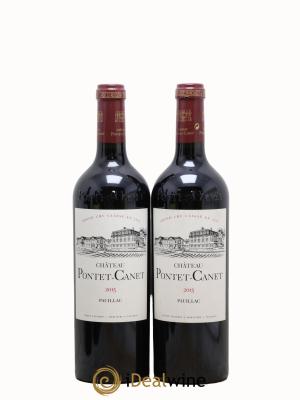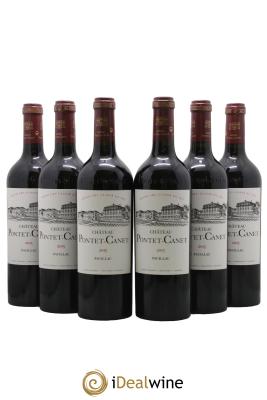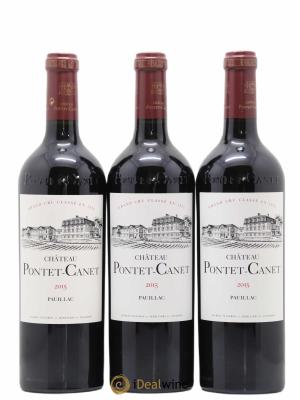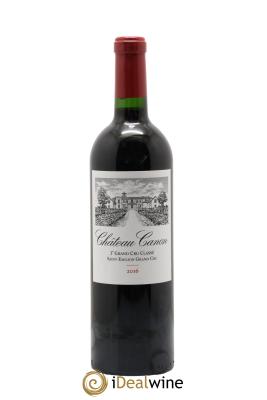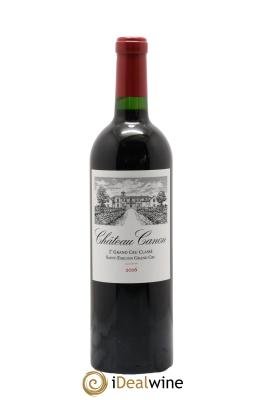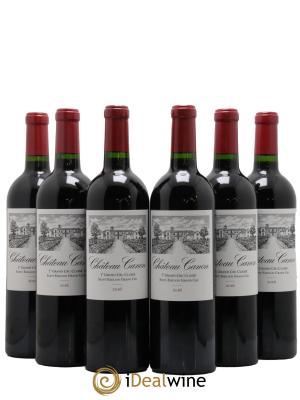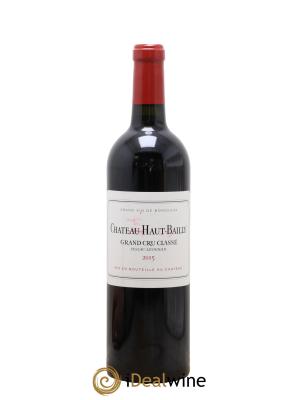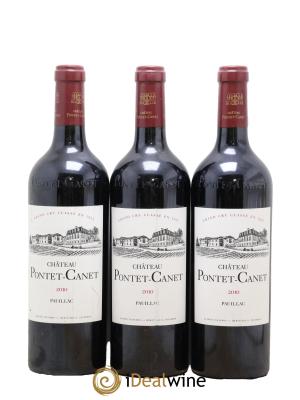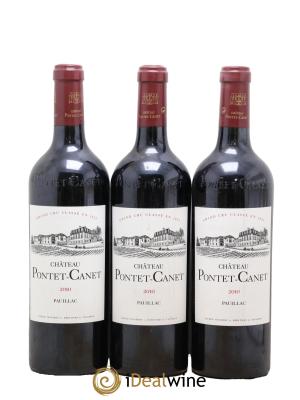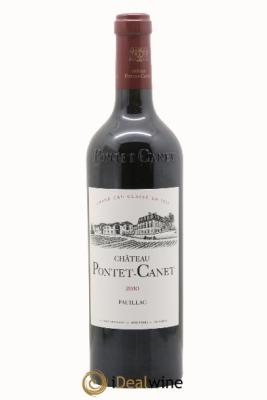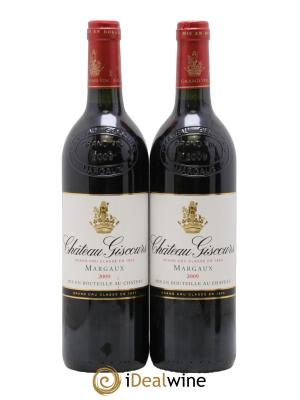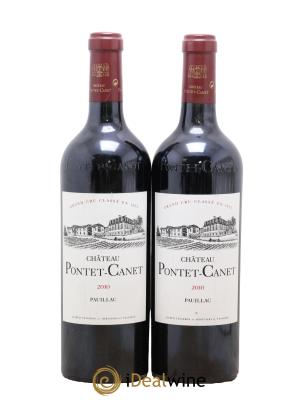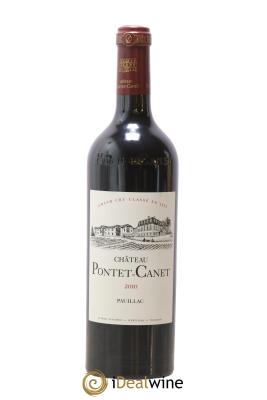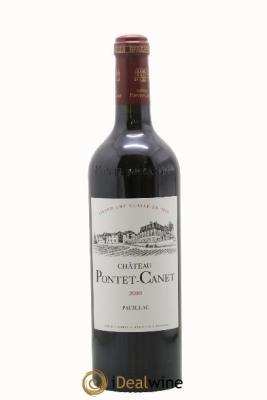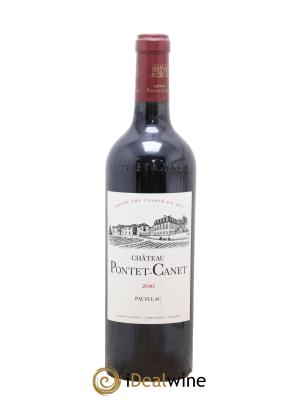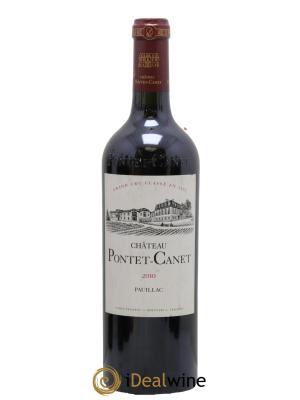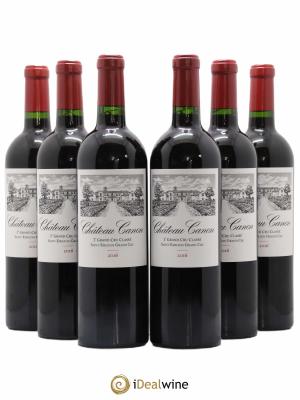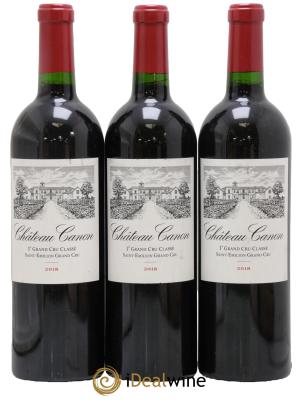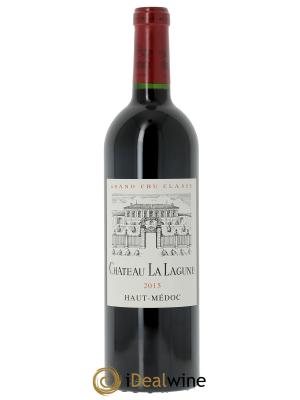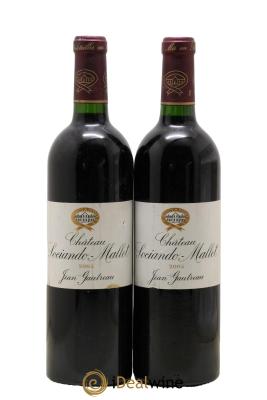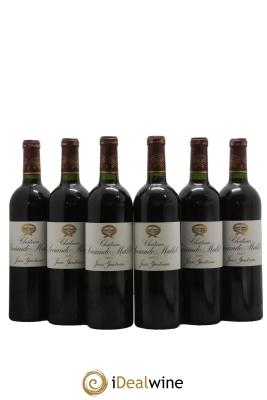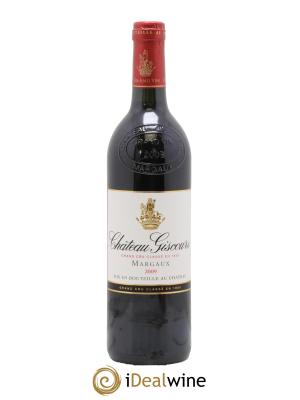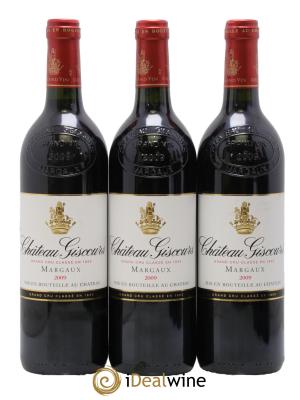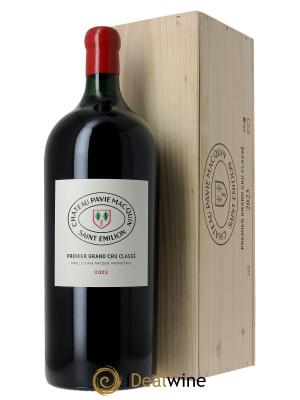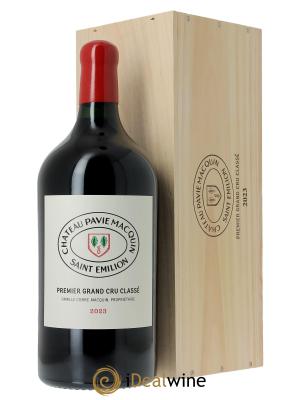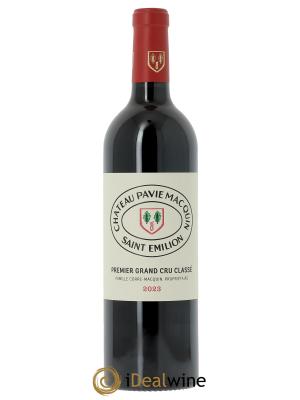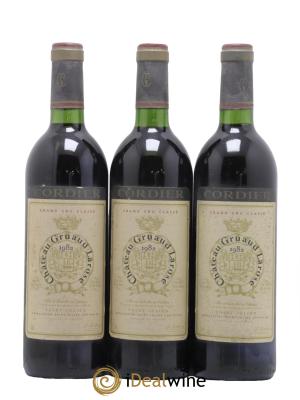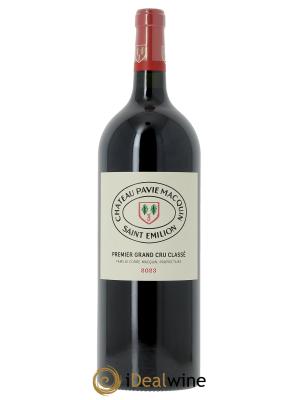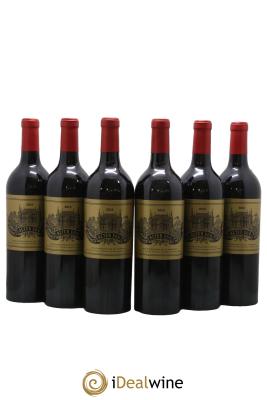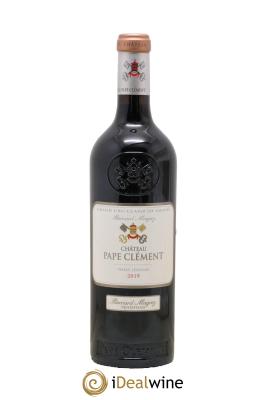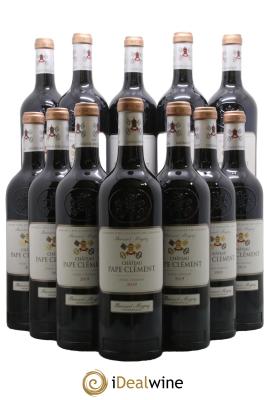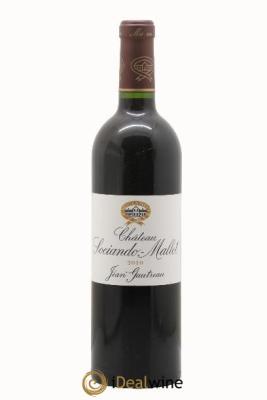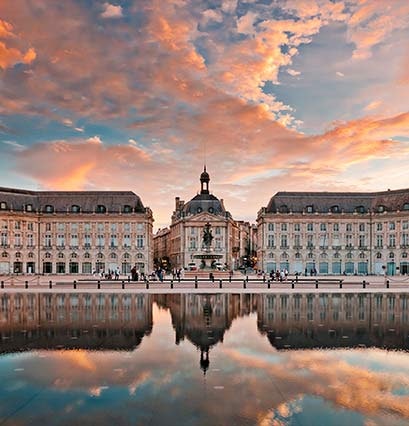
Bordeaux
Welcome to our selection of Bordeaux wines. Bordeaux is undoubtably the most famous wine region in the world, to the extent that the city itself, epicentre of the vineyards of the Gironde, is often considered to be the world’s wine capital. The first vineyards appeared in the first century. And from the Roman era to now, the wines have been globally influential. Here you will find an eclectic selection, since we want to represent the diversity of Bordeaux wines: you will find the big classics, the most prestigious wines, crus classés and fine cellaring wines. There are also little gems that typify the new wave of the region’s wine, organic, biodynamic, sometimes natural, often more supple, fruity and voluptuous, which don’t necessarily require much ageing.Bordeaux has been a legendary region of fine wine for centuries. Though the region no longer wields the overarching power it once did – having to share the stage with other wine regions such as Burgundy, Rhône, and Tuscany, for example – it remains the star of the show and offers some of the world’s most exquisite wines. Petrus, Château Lafite-Rothschild, Mouton-Rothschild, Haut-Brion, Latour, Margaux, Yquem: all of these crus classés are the stuff of dreams. A fascinating region in a number of ways, which has made its mark in the history of wine and continues to occupy an important place in the industry.




